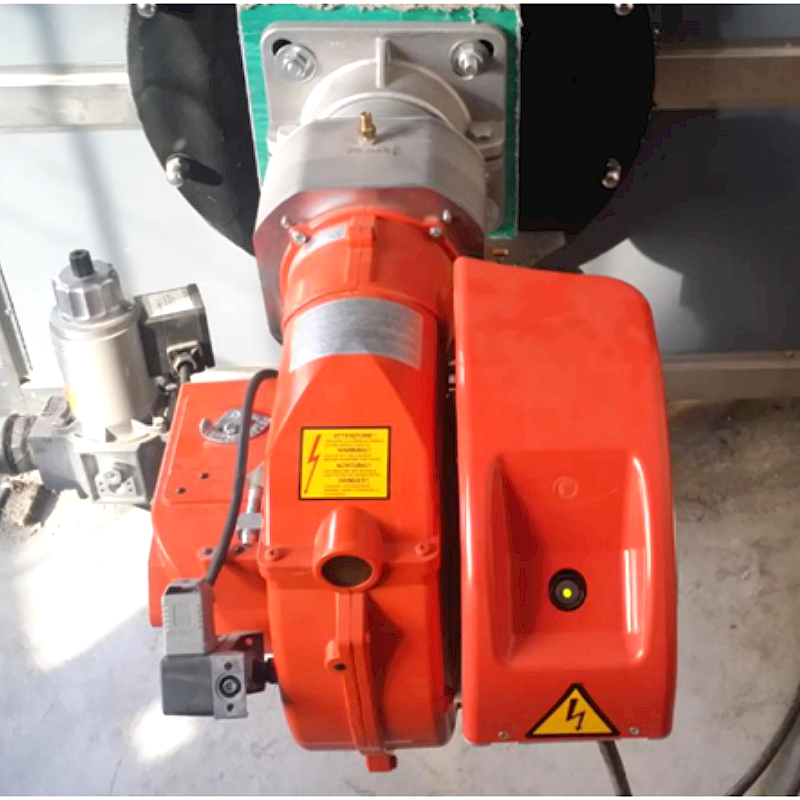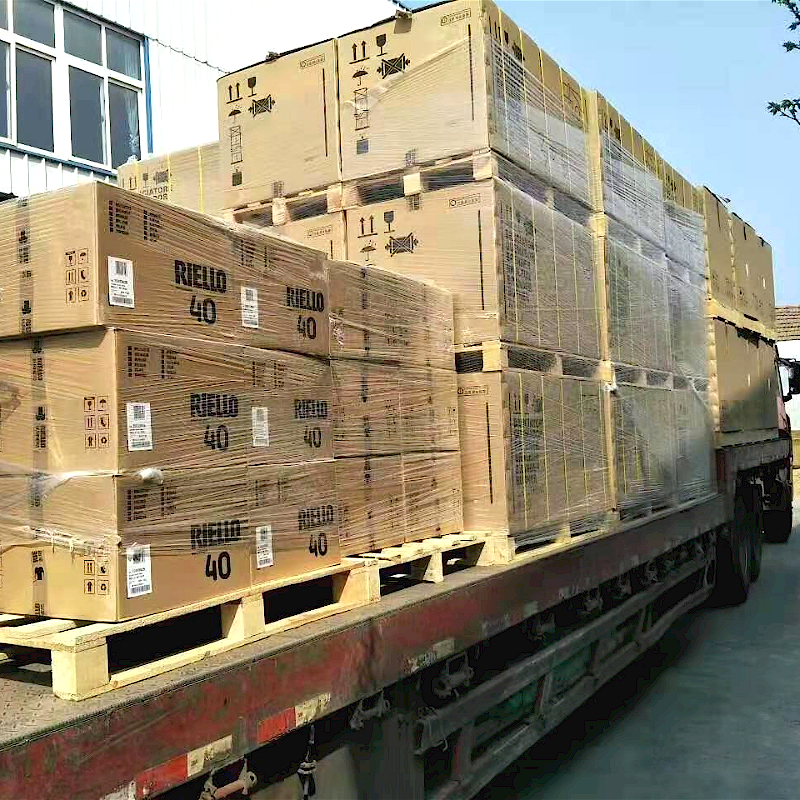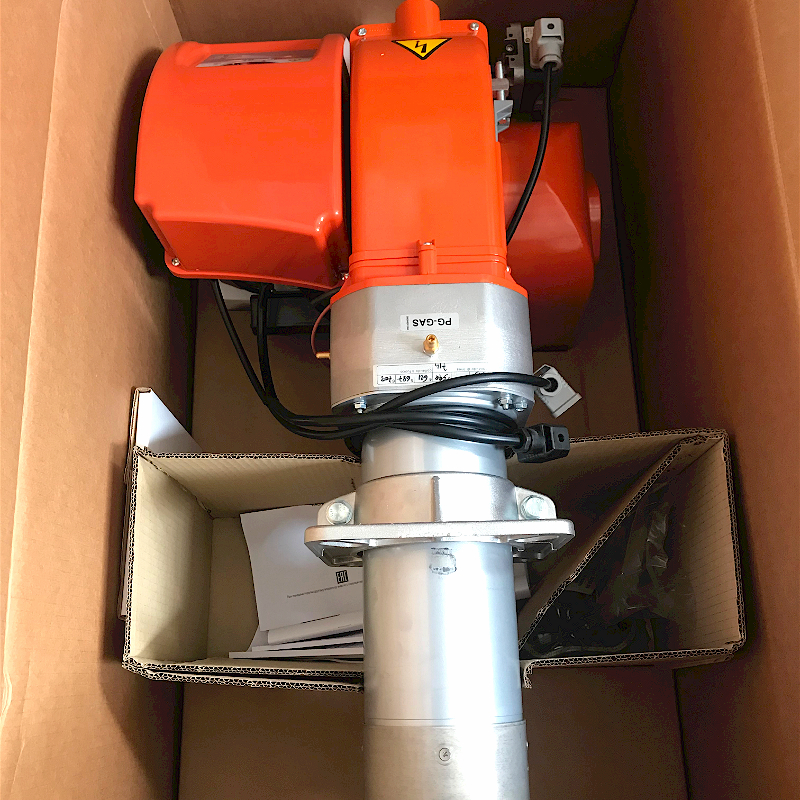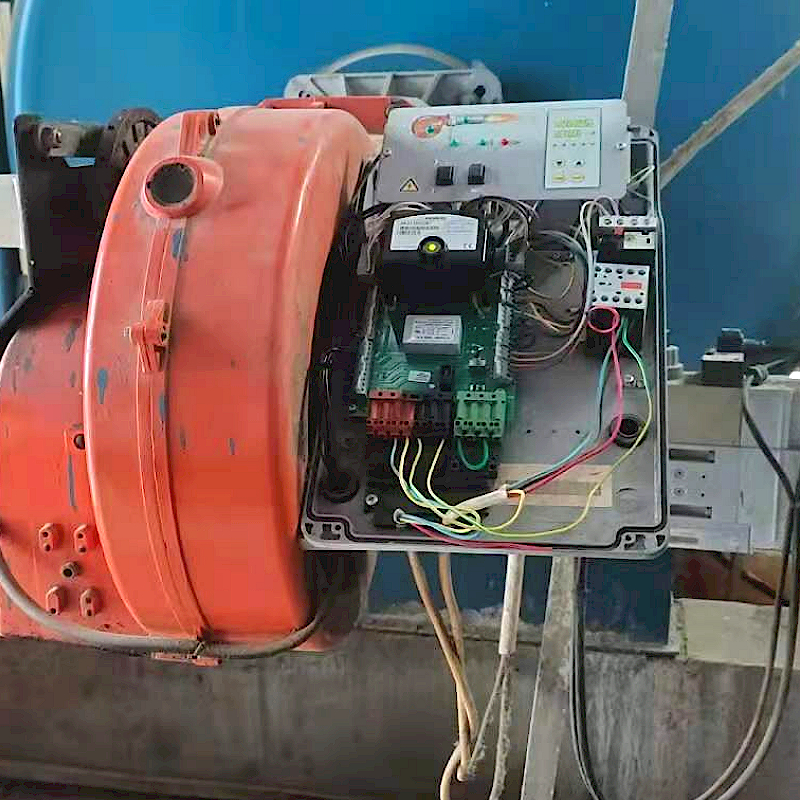Introduction:
Ignition failure in industrial burners can lead to significant operational disruptions, safety hazards, and economic losses. To effectively address ignition failure, a multi-factor diagnostic approach and a structured step-by-step troubleshooting strategy are essential. This document outlines the key causes of ignition failure in industrial burners and provides a systematic solution process for each identified factor.
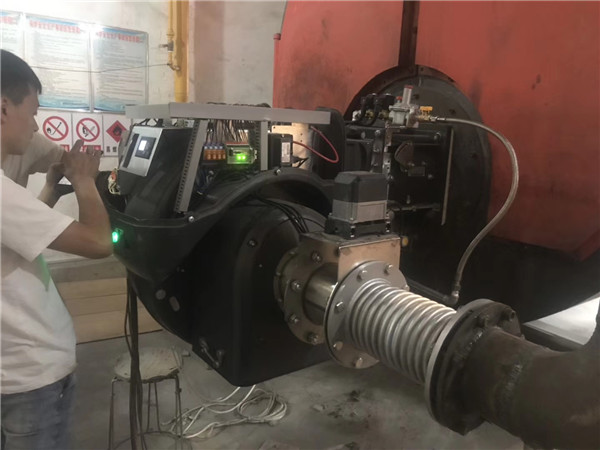
- Key Factors Leading to Ignition Failure:
1.1 Fuel Supply Issues:
1.Cause: Inconsistent fuel flow or incorrect fuel quality can prevent the burner from achieving proper ignition. This can be due to clogged fuel lines, malfunctioning fuel valves, or fuel contamination.
2.Impact: An unstable fuel supply can result in incomplete combustion or prevent ignition altogether.
3.Solution: Inspect and maintain fuel lines, valves, and filters. Ensure that fuel quality matches the specifications of the burner. Use fuel pressure gauges to verify stable fuel flow.
1.2 Air Supply Problems:
4.Cause: Insufficient or improper airflow due to dirty air filters, malfunctioning fans, or blocked ducts can hinder ignition.
5.Impact: Without adequate air supply, the combustion process cannot start properly, leading to ignition failure.
6.Solution: Regularly clean and replace air filters. Inspect fans and air ducts for blockages and ensure they are providing sufficient airflow to the burner.
1.3 Ignition System Failure:
7.Cause: The ignition system may fail due to faulty spark plugs, ignition electrodes, transformers, or cables.
8.Impact: A malfunctioning ignition system will not provide the necessary spark to initiate combustion.
9.Solution: Conduct routine checks of the ignition components, ensuring proper connection, voltage, and wear levels. Replace worn-out components and calibrate the ignition system as per the manufacturer’s instructions.
1.4 Control System Malfunction:
10.Cause: Control system issues, including electrical failures or faulty sensors, can prevent the ignition sequence from initiating properly.
11.Impact: The burner’s control system might not send the correct signals to the ignition system, resulting in a failure to ignite.
12.Solution: Inspect the burner control panel, wiring, and electrical components for faults. Test sensors and replace damaged components to restore proper control functionality.
1.5 Burner Misalignment or Setting Errors:
13.Cause: Misaligned burners or incorrect air-fuel mixture settings can cause improper ignition conditions.
14.Impact: If the burner is not correctly aligned or the air-fuel ratio is incorrect, ignition may not occur or could be inefficient.
15.Solution: Calibrate and align the burner according to the manufacturer’s specifications. Adjust the air-fuel ratio for optimal combustion performance.
1.6 Mechanical Failures:
16.Cause: Mechanical issues such as worn-out components (e.g., fuel injectors, valves, pumps) can disrupt the ignition process.
17.Impact: Mechanical failures can lead to improper fuel delivery or poor burner operation, preventing ignition.
18.Solution: Perform regular mechanical maintenance, including inspecting pumps, valves, and fuel injectors. Replace any components showing signs of wear or damage.
1.7 Environmental Factors:
19.Cause: External conditions like ambient temperature, humidity, and atmospheric pressure can influence combustion and ignition.
20.Impact: These factors can cause changes in fuel characteristics or disrupt air-fuel mixing, making ignition difficult.
21.Solution: Monitor environmental conditions using sensors and adjust the burner settings to compensate for changes in temperature or humidity.
- Step-by-Step Diagnosis and Solution Process:
Step 1: Initial Inspection
22.Begin with a visual inspection of the burner system to identify any obvious issues such as leaks, damaged components, or incorrect settings. Check if all control signals are functioning properly.
Step 2: Verify Fuel Supply
23.Ensure that the fuel supply is consistent and meets the burner’s specifications. Check for any blockages in fuel lines, malfunctioning valves, or contamination in the fuel. Measure fuel pressure and flow to ensure it is within the correct range.
Step 3: Assess Air Supply
24.Inspect the air supply system for blockages, dirty filters, or malfunctioning blowers. Ensure that air ducts are clear and that airflow is stable and sufficient for combustion.
Step 4: Test the Ignition System
25.Check the ignition system components, such as spark plugs, electrodes, and transformers, for wear and proper operation. Test ignition voltage and the spark output to ensure they are functioning as expected.
Step 5: Examine the Control System
26.Inspect the burner control panel and associated wiring for electrical faults. Test sensors, relays, and switches to ensure they are providing correct input to the ignition system. Replace any faulty electrical components.
Step 6: Check Burner Alignment and Settings
27.Verify that the burner is properly aligned and that air-fuel mixture settings are optimal. Misalignment or incorrect settings can prevent proper ignition. Adjust the burner to the manufacturer’s specifications.
Step 7: Inspect Mechanical Components
28.Check for any mechanical failures, such as worn-out valves, pumps, or fuel injectors. Perform maintenance or replace parts as necessary to restore proper burner operation.
Step 8: Monitor Environmental Conditions
29.Use environmental sensors to monitor temperature, humidity, and atmospheric pressure. Adjust burner settings to compensate for changes in these conditions that may affect ignition.
Step 9: Functional Testing
30.After addressing the identified issues, perform functional testing of the burner system to verify that ignition is occurring properly. Monitor the burner’s performance and ensure it operates as expected.
Step 10: Documentation and Reporting
31.Document all actions taken during the troubleshooting process, including the diagnosis, repairs, and testing results. Keep records for future reference and continuous improvement.
Conclusion:
Ignition failure in industrial burners can stem from multiple factors, and a systematic, multi-factor diagnostic approach is essential to identify the root cause of the problem. By following a step-by-step troubleshooting process, operators can effectively address issues, ensure optimal burner performance, and reduce downtime. Regular maintenance, combined with vigilant monitoring of key systems, will minimize the risk of ignition failure and enhance the overall efficiency and safety of industrial combustion processes.


